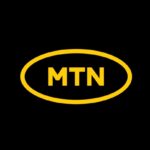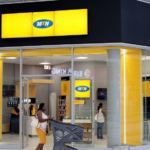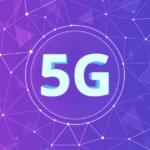Microsoft is now actively partnering with startups in the TV White Spaces field to provide broadband access to people especially in remote areas. It is estimated that nearly 4 billion people still don’t have access to the internet and that’s what Microsoft aims to combat in Africa. This is not a new project as it was reported last year that many Africans were now seeking ways to explore TV Whit Spaces to bring broadband access to a vast majority of African who don’t have broadband access especially due to the cost of acquiring such services in some countries. Facebook through its internet.org program has started using drones and Laser technologies to beam internet services to remote areas in South America, Asia and Africa.
The project which probably began in 2013 according to Microsoft, is capable of bridging the internet gap. In Tanzania for example, at the World Economic Forum on Africa in May 2013, Microsoft announced a new pilot in Dar es Salaam, Tanzania. Microsoft will partner with the Tanzania Commission for Science and Technology (COSTECH) and local Internet service provider UhuruOne utilizing TV white spaces to offer affordable wireless broadband to university students and faculty. Through the pilot, students and faculty will also be able to access Windows 8 device and service packages. The pilot’s initial deployment will target the University of Dar es Salaam, among others. Similar project partnerships have been struck in Singapore and Virginia in the United States.
What’s TV White Space?
White spaces are usually unused frequencies within a licensed spectrum and since white spaces travel on low frequency, signals can travel over a long distance. They are deliberately left unused usually to avoid interference across frequencies. So let me give you a more practical example. Let’s say we have a wave across a limited space X1and and then we have say ten of such waves of up X10 across well defined spaces. If X1 were to end exactly where X2 is to start and we continue like that until we get to X10, you would eventually notice that there will be interference across the entire space from X1 to X10. But how about if we say X1 shouldn’t consume their whole space so that X2 can comfortably operate and X2 does the same thing X1 did until we get to 10. You’ll see that there is now some space left in between each of the frequencies from X1 to X10. Those spaces are now called White Spaces. Research over the years have come up with ways with which those spaces can now be converted into something useful and we have such spaces all over the world. Microsoft now wants to partner with local companies and startups as in the case of Kenya to provide broadband services to people in remote areas of the world.
In Nigeria, the former Minister for Communications Dr. (Mrs.) Mobola Johnson had announced a similar program where the Nigerian Communications Commission would license for one year partner companies to explore the possibility of TV white spaces for the government’s rural broadband program in 2013. Since then though, there has not been much heard of this. Nigeria needs partnerships like this to bring broadband to many citizens. Compared to other African Nations though, the cost of buying an internet data plan is lower in Nigeria. 500MB priced at 5.4% of average income in 2014), broadband penetration stands at just 12% but again this is for mobile data offered by telecom operators. It still costs much more to buy broadband services for domestic and industrial use.
Discover more from TechBooky
Subscribe to get the latest posts sent to your email.







